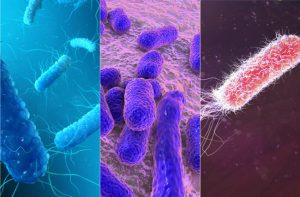Bacterial Pathogens Priority List : World Health Organization List

The World Health Organization (WHO) released its updated Bacterial Priority Pathogens List (BPPL) 2024.
- Bacterial Pathogens Priority List is an important tool in the global fight against antimicrobial resistance.
- In 2017, WHO developed the first BPPL to guide investment into the R&D of new antibacterials and it listed 13 bacterial pathogens (phenotypes).
- It was developed with the multi-criteria decision analysis (MCDA) method (15).
- MCDA is a decision-making scientific method that mounts and evaluates alternatives based on multiple criteria, facilitating systematic and transparent decision-making in complex options.
- The 2024 WHO BPPL covers 24 pathogens, spanning 15 families of antibiotic-resistant bacterial pathogens.
- The 2024 list categorizes these pathogens into critical, high, and medium priority groups to inform research and development (R&D) and public health interventions.
- The WHO BPPL acts as a guide for prioritizing R&D and investments in AMR, emphasizing the need for regionally tailored strategies to effectively combat resistance.
- It targets developers of antibacterial medicines, academic and public research institutions, research funders, and public–private partnerships investing in AMR R&D, as well as policy-makers responsible for developing and implementing AMR policies and programs.




